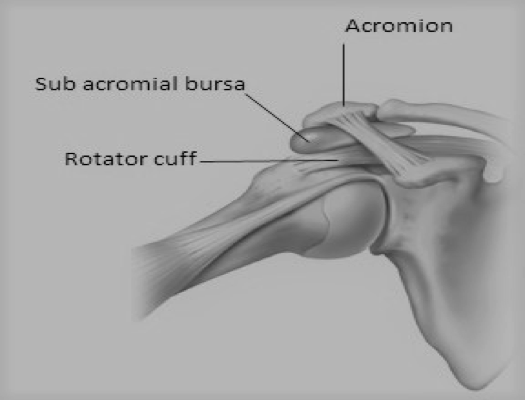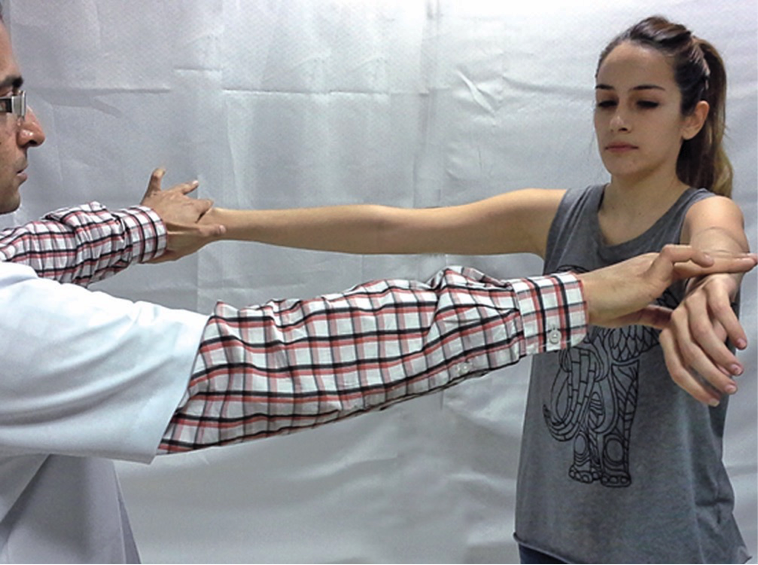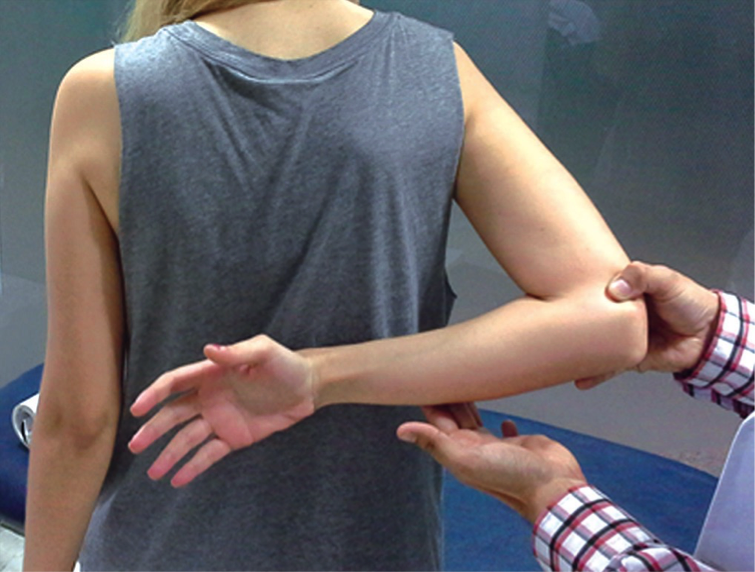Overview:
Rotator cuff muscles are a group of muscles that surround the shoulder joint from above and outer side. These muscles are very important in keeping the head of shoulder joint fit into shallow socket (glenoid).

Trauma to shoulder during unaccustomed athletic activity at times may lead to tears in these muscles, most commonly. In older individuals age related fatty degeneration may result in spontaneous ruptures in these muscles. These are more common in people who are involved in overhead activity and who demand high from their shoulder like sports persons, labourers, carpenters etc. Long standing cuff tears, then give rise to degeneration of the shoulder joint referred to as cuff arthropathy.
Sign and symptoms:
You may cuff tear if you are suffering from these symptoms:
Diagnosis:
Clinical examination can suggest the diagnosis which is supported by ultrasound and MRI. Ultrasound can diagnose rotator cuff tear and it is highly sensitive and specific modality for full thickness rotator cuff tears. However , it is operator dependent and less accurate for detecting partial-thickness tears and tear size itself compared to Magnetic resonance imaging (MRI). MRI is the investigation of choice for rotator cuff tears as it is comparable to USG for full thickness rotator cuff tears and superior than USG in detecting partial thickness rotator cuff tears. Arthroscopy is the gold standard and is a diagnostic tool as well as treatment.


Management
Treatment is mainly conservative in old people and in those with low demand. NSAIDs for pain relief along with stretching and cuff strengthening exercises are instituted. If not much pain relief is noticed in 6 weeks, one may proceed to surgery. There is an increasing trend toward early arthroscopic surgical repair of tears in young high demand patients, especially athletes. However, there may be some late presentations in all age groups where the patient comes late and the torn cuff has retracted and is irreparable. In such cases, in patients less than 70 years of age treatment is appropriate tendon transfers, while in older patients a reverse shoulder arthroplasty is the recommended treatment.
Patient Preparation Before Surgery
Day before surgery you are admitted to hospital for some blood investigations, ECG and chest X ray. ECHO may be required in old age patients. Arthroscopic rotator cuff reconstruction can be done under regional anaesthesia or general anaesthesia for which you have to be fasting for 8 hours before surgery. Hairs from the operating side are removed in the operation theatre before surgery.
Risk Of The Surgery
Nerve injury (axillary nerve), shoulder stiffness, infection are a few side effects of arthroscopic rotator cuff repair.
SPECIALITIES
OPENING HOURS
| Monday – Friday | 17:00 – 20:00 |
| Sunday | By Appointment Only |
+91-7357406805
CLINIC LOCATIONS
OUR PATIENTS SAY
We’re proud to receive some exceptional compliments from our patients and their family members. We fell very happy and blessed to see our patients recover.

मेरा दाए पैर में चोट लगने के कारण टेढ़ा हो गया था जिसकी वजह से मुझे चलने में भी परेशानी हो रही थी. डॉ जितेश ने ऑपरेशन कर के इसे सीधा किया. में बिलकुल ठीक हूँ .

Dr. Jain came out from his clinic to see my mother because my mother was not able walk a single step. He did total knee replacement on both side and now my mother is walking without aid.

मेरी बेटी के घुटने में इन्फेक्शन होने के कारण वो दर्द की वजह से सो भी नहीं पाती थी. डॉ जितेश ने ऑपरेशन कर के इसे ठीक किया. बहुत धन्यवाद।
